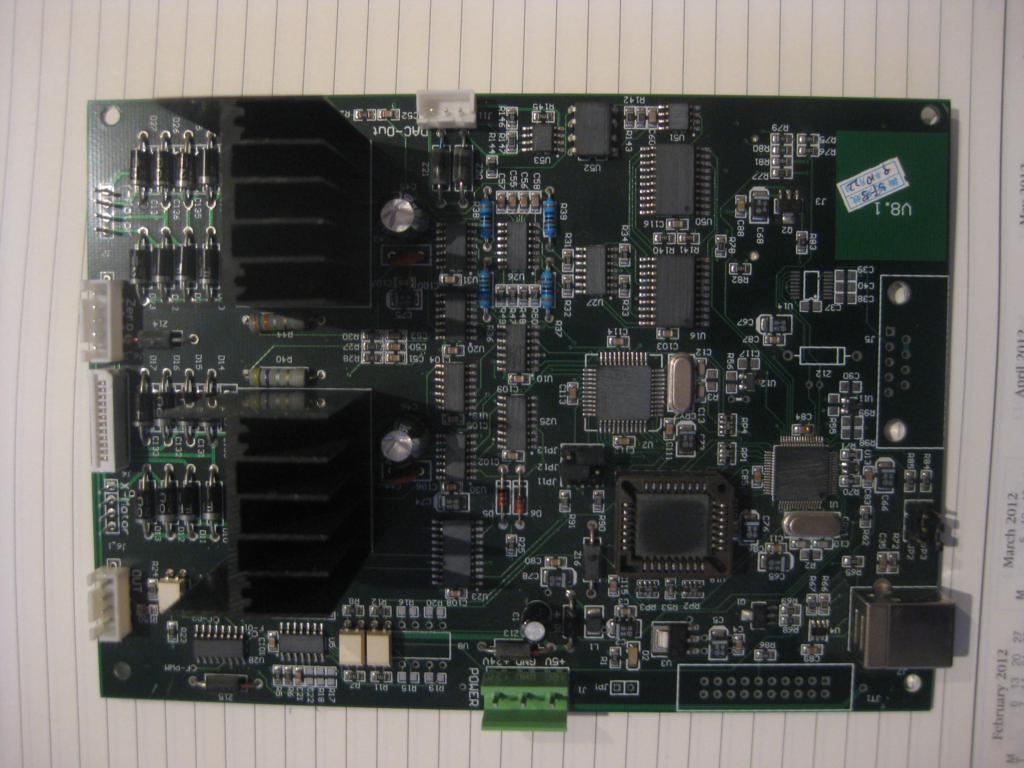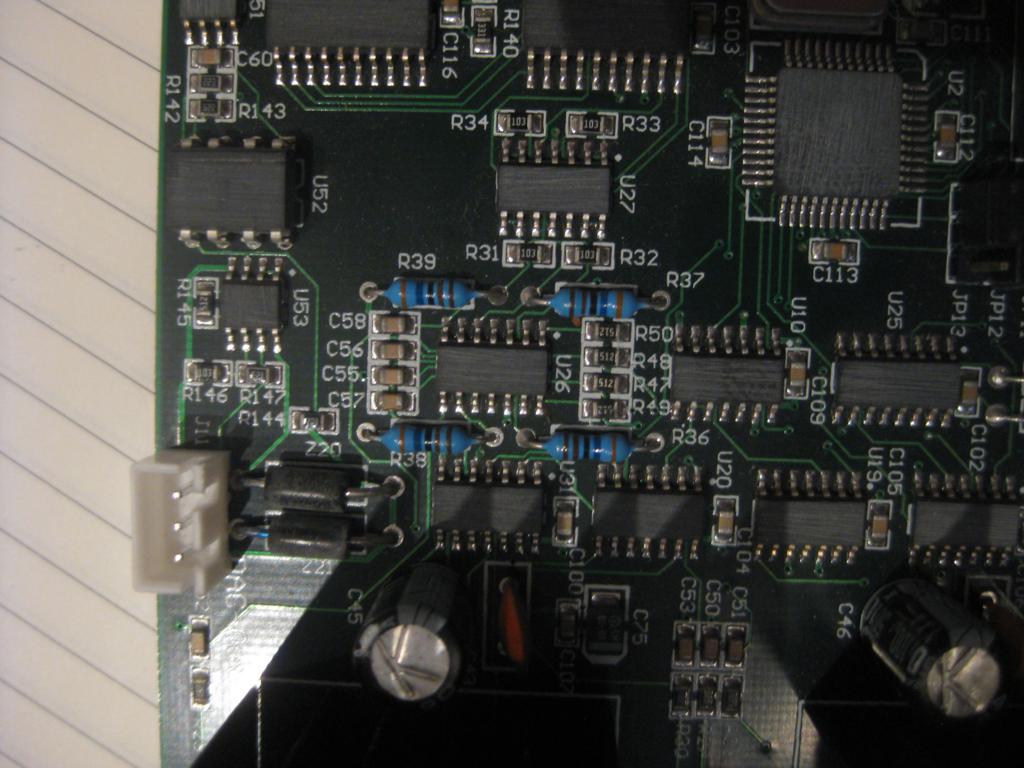I'm in the process of upgrading a pair of large Chinese laser cutters and am replacing the original shithouse usb controllers with proper DSP controllers.
I've seen the comments about manufactureres removing component values, but these control boards are the worst I have seen. Literally every multi-pin component has had its value sanded off, except for a few voltage regulators. For good measure they've also decided to sand the values off the optoisolators and even some through-hole diodes.
I've been told that these extreme measures are not gone to to prevent reverse engineering per se, rather, they are to stop the companies who originally wrote the code for the laser and motion control from persuing them ( from what I've been able to gather, all of the code that controls the laser is pretty much just lifted straight from another manufacturer's controller).
I tested this out, and indeed, all communications are encrypted which certainly points towards wanting to hide something. To test it, I sent the exact same step command from the PC running the control software (with dongle) and sniffed the USB port on the controller board - a different string of random bits arrived each time.
That's some pretty major effort to go to to prevent reverse engineering their reverse engineering.



